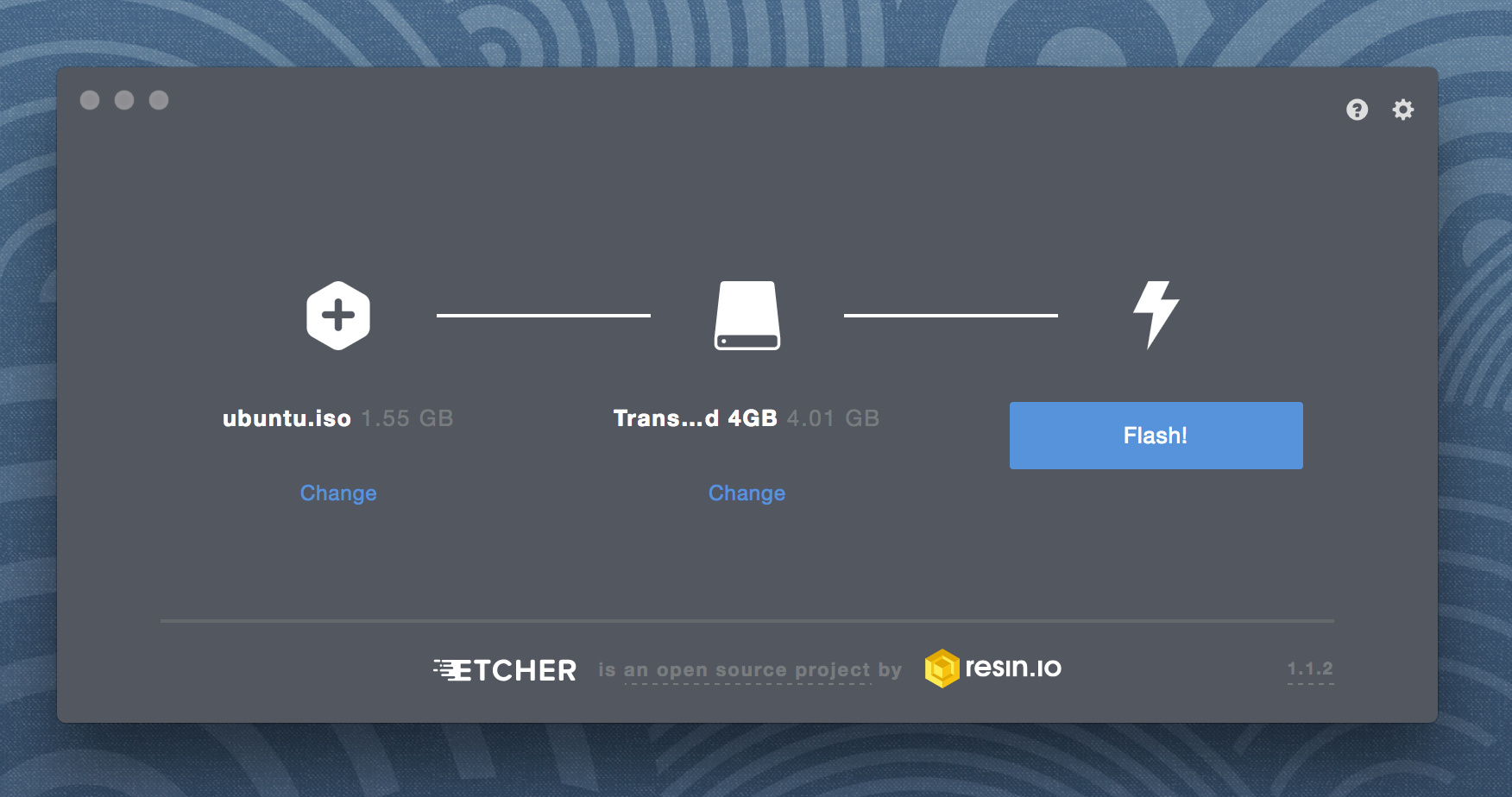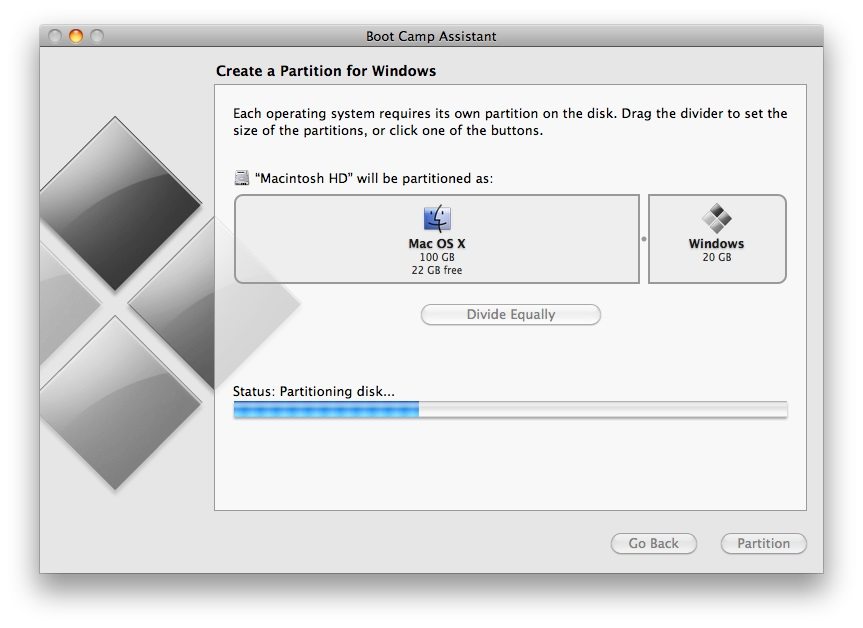

- #INSTALL UBUNTU ON USB THROUGH WINDOWS FOR MAC FOR MAC OS X#
- #INSTALL UBUNTU ON USB THROUGH WINDOWS FOR MAC INSTALL#
- #INSTALL UBUNTU ON USB THROUGH WINDOWS FOR MAC FULL#
- #INSTALL UBUNTU ON USB THROUGH WINDOWS FOR MAC PASSWORD#
- #INSTALL UBUNTU ON USB THROUGH WINDOWS FOR MAC DOWNLOAD#
When booting of the USB device the following message or something similar will appear: "Missing operating system" and the process is auto-magically halted. Please notice: While all of the info and above commands are executed properly on a MacBook Air 3,2 (that is the 2010 version 13" version of the Air) the end result will not produce a bootable USB device, at least not with the image for Ubuntu 10.10 64-bit.

Restart your Mac and press alt while the Mac is restarting to choose the USB-Stick Run diskutil eject /dev/diskN and remove your flash media when the command completes Start Disk Utility.app and unmount the volume (don't eject). If you see the error dd: /dev/diskN: Resource busy, make sure the disk is not in use. Use the same command but replace bs=1m with bs=1M. If you see the error dd: Invalid number '1m', you are using GNU dd. Using /dev/rdisk instead of /dev/disk may be faster. If you see the error "Unmount of diskN failed: at least one volume could not be unmounted", start Disk Utility.app and unmount the volume (don't eject).Įxecute sudo dd if=/path/to/downloaded.img of=/dev/diskN bs=1m (replace /path/to/downloaded.img with the path where the image file is located for example. (replace N with the disk number from the last command in the previous example, N would be 2) Run diskutil list again and determine the device node assigned to your flash media (e.g. Run diskutil list to get the current list of devices dmg ending on the output file automatically. img using the convert option of hdiutil hdiutil convert /path/to/ubuntu.iso -format UDRW -o /path/to/target.img Open the Terminal (in /Applications/Utilities/ or query Terminal in Spotlight)Ĭonvert the.
#INSTALL UBUNTU ON USB THROUGH WINDOWS FOR MAC FULL#
TIP: Drag and Drop a file from Finder to Terminal to 'paste' the full path without typing and risking type errors. img file that you will be required to create from the. But if you would prefer to use a USB, please follow the instructions below.
#INSTALL UBUNTU ON USB THROUGH WINDOWS FOR MAC DOWNLOAD#
We would encourage Mac users to download Ubuntu Desktop Edition by burning a CD for the time being. If attempting to make a USB drive that can be booted from a Mac, follow the instructions below. The resulting USB drive, however, can be booted on PCs only.
#INSTALL UBUNTU ON USB THROUGH WINDOWS FOR MAC FOR MAC OS X#
UNetbootin for Mac OS X can be used to automate the process of extracting the Ubuntu ISO file to USB, and making the USB drive bootable. UNetbootin (Automated, graphical approach)
#INSTALL UBUNTU ON USB THROUGH WINDOWS FOR MAC INSTALL#
#INSTALL UBUNTU ON USB THROUGH WINDOWS FOR MAC PASSWORD#



 0 kommentar(er)
0 kommentar(er)
